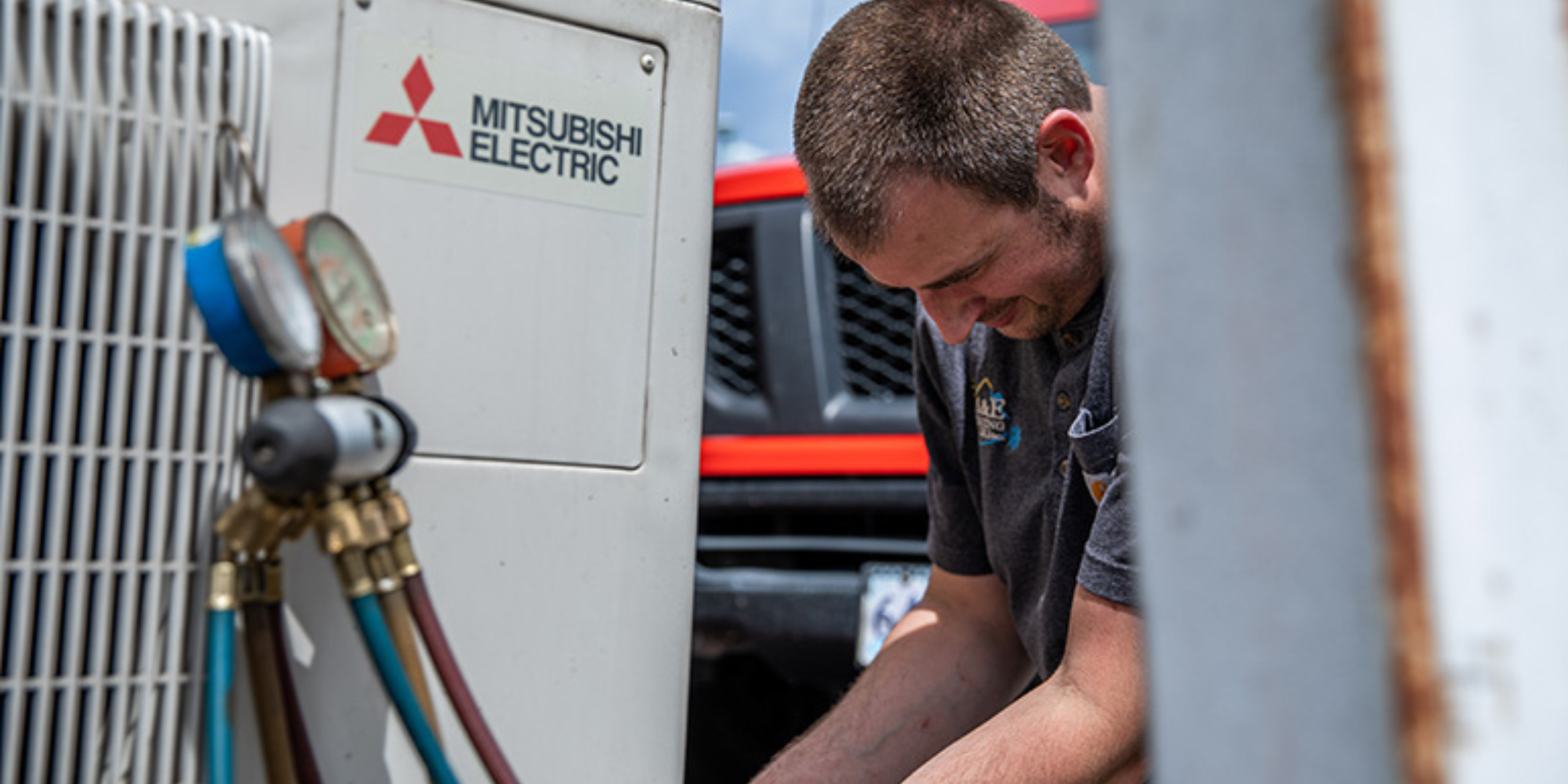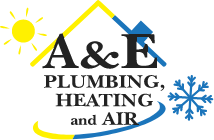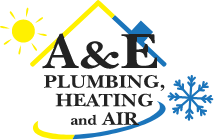What the 410A and R22 Refrigerant Phase-Out Really Means for Your Home (And What It Doesn’t)
April 10th, 2025
3 min read
By Daphne Hunt

We’re here to help make sense of it all—what’s changing, what’s not, and what your real options are.
If you’ve seen talk online or heard from a neighbor that “410A is being banned,” it’s understandable to feel concerned—especially if your home’s heating and cooling system uses it. Maybe you just installed a new HVAC system, or maybe yours is only a few years old. It’s completely valid to feel concerned when a complex, government-mandated change starts impacting your home. You're not overreacting, and you're not expected to know all the technical details.
But here’s the thing: this isn’t a crisis, and your system isn’t obsolete.
This refrigerant transition is a long-term, government-regulated environmental initiative, and it's being handled in a way that protects homeowners and ensures continuity of service. Let’s walk through what’s actually happening, what it means for you, and why there’s no need to panic.
Quick Facts at a Glance
R22 phase-out began in 2008. This is the refrigerant we’re focusing on helping homeowners upgrade now. If your system still uses R22, service is extremely limited and replacement is strongly recommended.
R-410A phase-out began in 2024. It’s a gradual process and your system is still legal and serviceable, but these units are no longer being manufactured.
R-454B is the new industry standard. All new systems going forward will be manufactured using this refrigerant.
What’s the Law Behind This?
This isn’t something we decided to mandate. The refrigerant phase-out is part of a federally mandated plan led by the EPA to reduce the use of chemicals with high global warming potential.
led by the EPA to reduce the use of chemicals with high global warming potential.
Specifically, under the American Innovation and Manufacturing (AIM) Act, the U.S. has committed to reducing the use of HFC refrigerants—like R-410A—starting in 2024, with a full phase-down target by 2036.
Do I Actually Need to Replace My System?
That depends entirely on what refrigerant your current system uses.
If your system uses R22 (mostly units installed before 2010), you are two phase-outs behind. R22 is no longer being produced or imported, and it’s increasingly difficult (and expensive) to service systems that still rely on it. In this case, replacement is often the most cost-effective and reliable option.
If your system uses R-410A (common in systems installed from 2010 through 2024), there’s no need to panic. Your system is still legal, serviceable, and supported with parts and refrigerant. The shift toward R-454B is gradual and won’t affect the functionality of your 410A system anytime soon. As your system ages, refrigerant related repairs may pose difficulty and higher pricing due to lack of R-410A availability.
What Are My Options?
Whether you’re using R22 or R-410A, you have a few different paths forward. Here’s how we recommend thinking about it:
thinking about it:
If You Have an R22 System
- Replacement is strongly encouraged due to limited service options
- Take advantage of current promotions—many contractors (including us) are offering up to $2,000 off to help homeowners make the switch
- Explore available rebates and financing to offset costs
If You Have an R-410A System
- Maintain it well with annual service to extend its lifespan
- Change air filters regularly
- Consider joining our Comfort Club Maintenance Plan—you’ll receive scheduled checkups, priority service, and discounts to help your system run efficiently for years to come
- Plan for the future, but don’t feel rushed—parts and refrigerant are still widely available
- Keep an eye on evolving rebate programs and prepare for eventual upgrades when the time is right
What This Means If You Recently Installed a System
This is where most homeowners start to worry: “Did I just buy the wrong system?”
Let us reassure you—you didn’t.
If you installed an 410A system in the past few years (or even this year), that system is:
- Modern
- Reliable
- Backed by a manufacturer’s warranty
- Fully serviceable for years to come
Most systems installed today are designed to last 10–15 years, if not more. That means if you had a unit installed recently, you’re in good shape well into the 2030s.
How to Know When It’s Time to Act
If you’re reading all of this and wondering, “So… do I need to do anything now?”—probably not. But here’s how you can plan smartly for the future.
how you can plan smartly for the future.
Signs your system may be nearing replacement:
- If you have an R22 system, you need to get quotes for replacement now because prices will only continue to increase.
- Your unit is 12–15 years old
- You’re having frequent breakdowns or repairs
- Your energy bills are steadily climbing
- The system struggles to keep your home comfortable
Even then, you have time. These changes are happening over years, not weeks. You can plan ahead, compare systems, and make your next choice on your timeline—not the industry’s.
We also recommend scheduling annual maintenance, which not only keeps your system efficient but gives your technician a chance to catch early signs of wear and help you plan ahead—well before a system failure or a hot summer rush.
What to Take Away From All This: No Panic. Just a Plan.
We know this topic can feel overwhelming, especially when it sounds like something you just invested in may already be outdated. But rest assured—this is a gradual transition, not an emergency. But one thing hasn’t changed: our commitment to being a partner, not a salesperson.
may already be outdated. But rest assured—this is a gradual transition, not an emergency. But one thing hasn’t changed: our commitment to being a partner, not a salesperson.
At A&E Plumbing, Heating and Air, we believe homeowners deserve honest, transparent information. We’ll never pressure you into replacing a working system. We’ll never use fear to push a sale.
If your system is running well, especially if it’s a newer R-410A unit, you can continue using it with confidence. If you’re still using R22, we’re here to help you find a cost-effective path forward.
Our goal isn’t to pressure you into anything. It’s to keep you informed so that when you do make a decision, you’re doing it with all the facts.
Daphne Hunt holds a bachelor's degree in English and Mass Communication and has a lifelong passion for writing. She thrives on using her skills to craft compelling pieces that inform, inspire, and connect with readers.
Topics:


